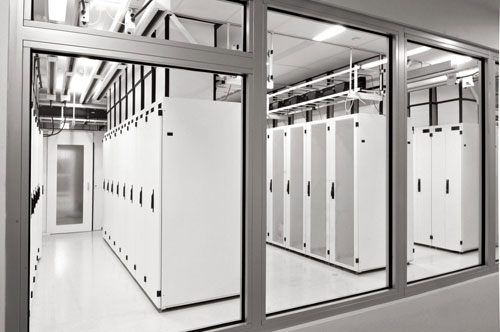Passive Cooling in Data Centers
Learning Objectives:
- Discuss the three basic methods for achieving energy saving air separation through hot aisle containment, cold aisle containment, and vertical exhaust ducts strategies.
- State the relative environmental and energy saving advantages and disadvantages for the different separation strategies along with application appropriateness.
- Quantify the energy cost-benefits for a well-designed air flow management system.
- Explain the overall value of good air flow management, and how it can be achieved using design elements that can enable or compromise best results for indoor environmental conditions and energy use.
Credits:
Spaces built for housing centralized computers and network servers have evolved and changed rapidly in recent years. More data can be saved and stored on physically smaller pieces of interconnected equipment but the demand for that data continues to grow, meaning many pieces of this equipment need to be housed in densely arranged configurations in buildings. Modern data centers of this type may be room-sized to serve a particular business or institution, or they might be entire buildings unto themselves serving a much larger population. In any scenario, they consume energy—typically lots of energy—both for the operation of the equipment and very significantly, cooling of that equipment and the room(s) it occupies. Achieving energy efficiency in this unique building use requires a collaborative design approach between architects, engineers, and building owners with a solid understanding of the issues and successful available approaches to reduce energy demand effectively.
Data Center Design Basics
A fundamental design approach often taken by architects and engineers is to design a space from the outside inward. This often works well for space and building mass planning, but in the case of data centers it does not work well for equipment and energy planning. Instead, fundamental initial design decisions for these spaces need to be made that addresses data equipment layout and the associated cooling design from the “inside out.”
The first design step obviously begins with identifying and understanding the owner’s needs for data management. This is expressed in terms of quantity of data storage, backup capability, reserve for growth, redundancy, etc. Input from the owner is important in this regard, but needs to be translated by computer equipment manufacturers and designers to turn that data need into the appropriate array of computer hardware needed to accommodate such a need.
 |










